Creating a shade garden in Colorado can feel like a daunting task, especially with the unique climate and elevation characteristics of the region. However, with the right selection of plants and a bit of guidance, you can cultivate a lush, vibrant sanctuary that thrives in low light.
This in-depth guide will explore a lineup of wonderful shade plants that are well-suited for Colorado’s temperate climate, helping you transform shaded areas into beautiful and inviting spaces.
Yew Tree
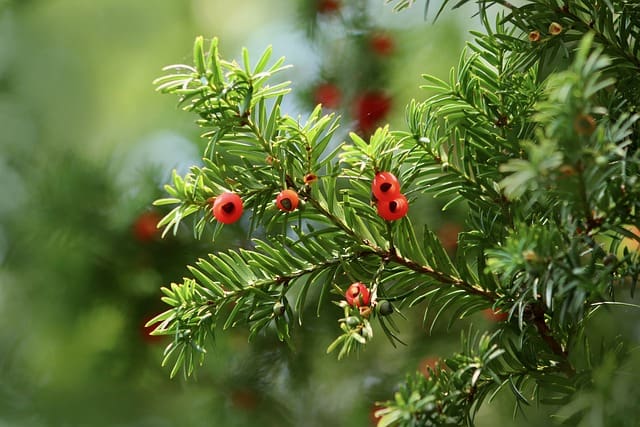
The Yew tree, particularly Taxus baccata, is a fantastic evergreen option for shaded areas in Colorado. These trees are remarkably versatile, with the ability to adapt to various soil types and even tolerate some drought. They thrive in partial to full shade, making them ideal for those tricky northern exposures or beneath taller trees where sunlight is limited.
Yews are also known for their dense foliage, which provides year-round greenery and serves as an excellent windbreak or privacy screen. Additionally, they can be pruned to maintain a specific shape, allowing for a tailored look in your garden. Be cautious, though: the berries of the Yew tree are toxic if ingested, so keep this in mind if you have curious pets or children.
Coral Bells
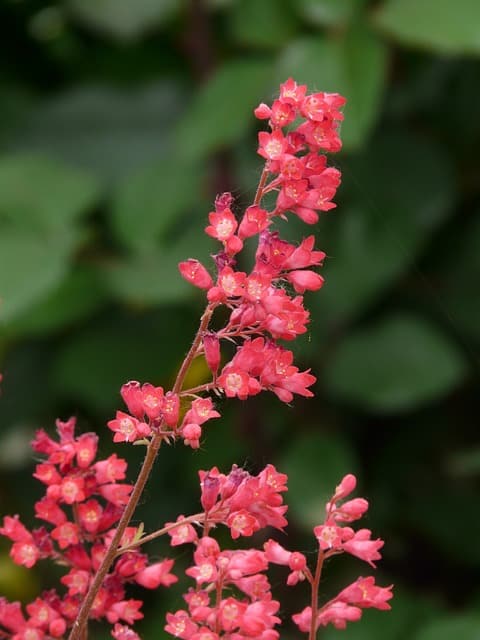
Coral bells (Heuchera spp.) are not only beautiful but also very hardy and adaptable to Colorado’s conditions. These perennial plants come in a variety of colors and leaf patterns, making them a favorite among gardeners looking to add texture and aesthetic appeal to their shade gardens.
Coral bells thrive in well-drained soil and appreciate the cooler temperatures found in shaded areas. They are relatively low-maintenance plants that bloom delicate flowers on slender stalks during the summer, attracting hummingbirds and other pollinators to your garden. When selecting varieties, consider those with strong colors like deep purples or vibrant reds to create bright spots in the shade.
Sweet Woodruff
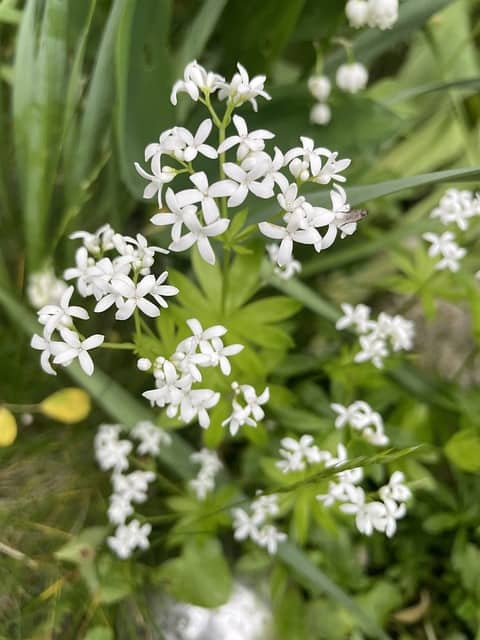
If you’re looking for a ground cover that is easy to maintain and offers unique, fragrant flowers, sweet woodruff (Galium odoratum) should be on your list. This perennial plant thrives in shaded areas, forming a lush green carpet beneath taller plants or trees.
Sweet woodruff is celebrated for its star-shaped white flowers that bloom in spring, adding a touch of brightness to shadowy spots. Its sweet scent also intensifies when dried, making it an excellent addition for those who appreciate fragrant gardens. Furthermore, this plant is quite drought-resistant once established, making it a practical, lovely choice for your Colorado shade garden.
Lenten Rose
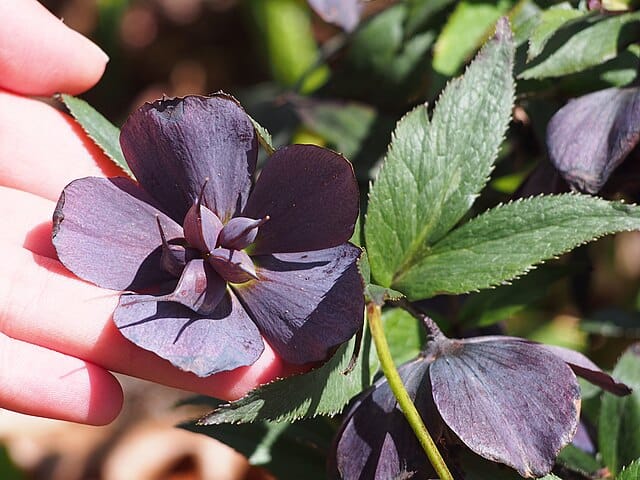
Lenten rose (Helleborus spp.) is another impressive shade-loving perennial that will surely stand out in your garden. Known for its elegant, nodding flowers, this plant blooms in early spring when few others are in flower, providing essential color during those drab months. The blossoms come in a range of soft colors, from pale pinks to deep purples, and some varieties even feature speckles or edge markings.
One of the most appealing aspects of Lenten rose is its adaptability; it can thrive in various soil conditions and prefers well-drained spots. It is also relatively low-maintenance and doesn’t require a great deal of pruning. With its evergreen foliage, the Lenten rose adds visual interest year-round, making it an excellent choice for your shade garden.
Siberian Bugloss
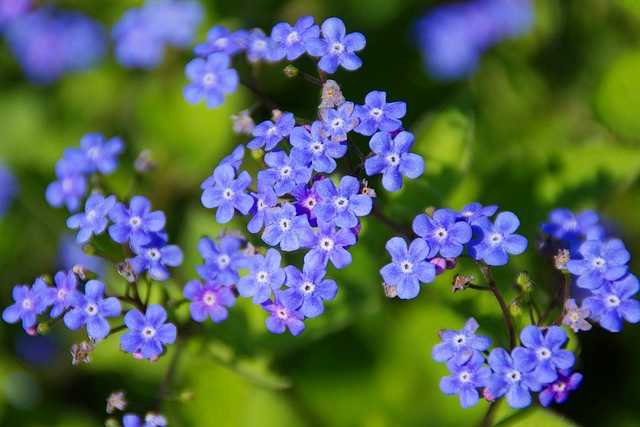
Siberian bugloss (Brunnera macrophylla), also known as false forget-me-not, is cherished for its heart-shaped leaves and small, bright blue flowers that bloom in spring. This perennial loves cool, moist, shaded locations, which makes it perfect for areas in your garden that remain shady throughout the day.
The striking foliage serves as a wonderful backdrop for other flowering plants and can help to anchor more brightly colored blooms. Siberian bugloss is a fantastic choice for beginners due to its hardiness. Once established, this plant is relatively low-maintenance, only requiring occasional watering during dry spells.
Anemone
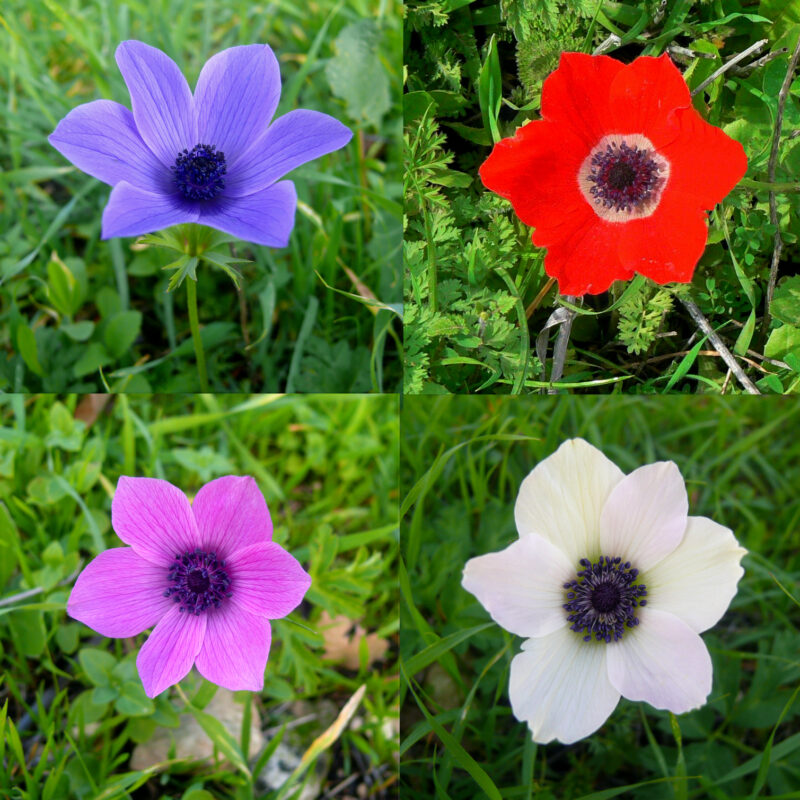
Anemones are a lovely addition to any shade garden, particularly the varieties that thrive in Colorado’s cooler climate, such as Anemone sylvestris. Known for their soft, pillowy blooms and delicate foliage, these perennials can add an ethereal quality to shaded areas of your landscape.
They bloom in late summer to early fall, providing vital color when many other plants start to fade. Anemones prefer rich, well-drained soil and should be planted in partial shade to full shade. They not only bring beauty to your garden, but they also attract pollinators, making it a lively spot.
Waxflower
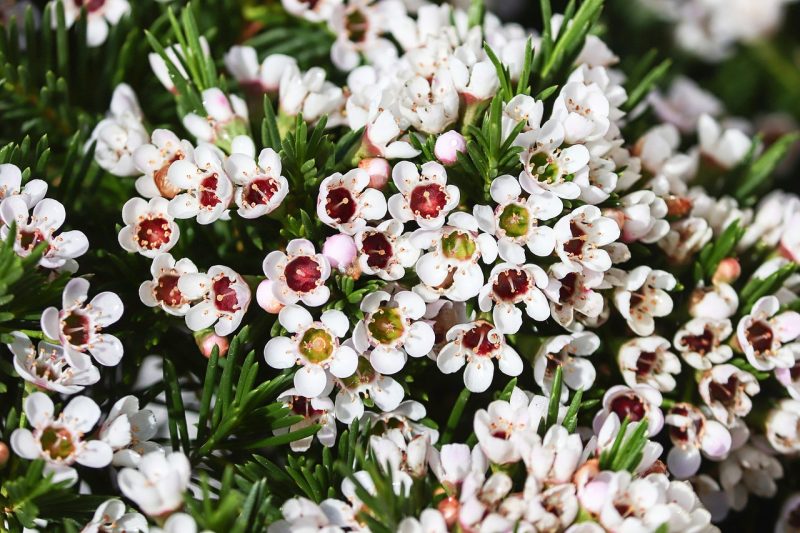
The waxflower (Eriostemon spp.) is a charming shrub that thrives in full sun to partial shade, making it an adaptable choice for a shade garden. This evergreen plant is known for its aromatic foliage and delicate, star-shaped flowers that bloom in various hues, from pure white to vibrant pink.
Though it prefers well-drained soil, the waxflower is relatively drought-tolerant once established. This resilience can be particularly valuable in Colorado’s variable weather conditions. With its stunning blossoms and fragrant leaves, the waxflower provides not only visual appeal but also a sensory experience in your garden.
Creeping Oregon Grape Holly
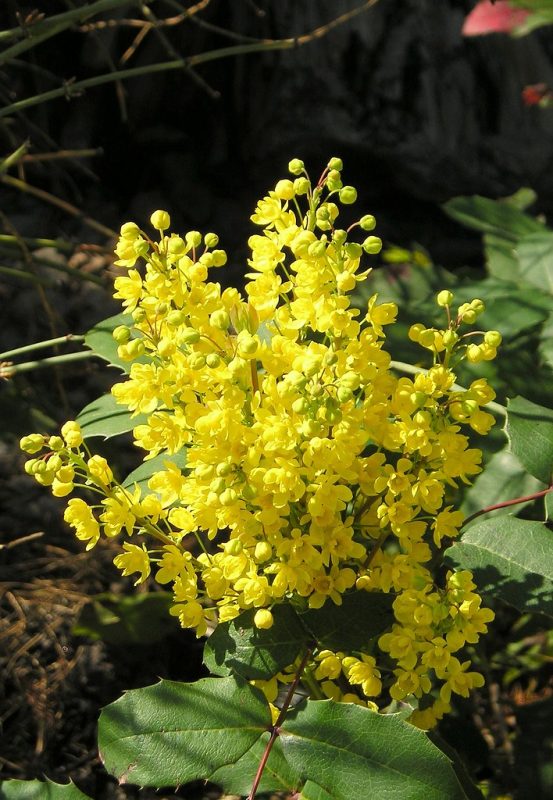
If you’re looking for a resilient, low-maintenance ground cover, consider the creeping Oregon grape holly (Mahonia repens). This evergreen plant thrives in shaded areas and produces beautiful yellow flowers in spring, which are followed by dark blue berries in late summer.
The leathery leaves of the creeping Oregon grape holly add texture to your shade garden throughout the year. It is also an excellent choice for erosion control due to its dense root system. This plant is relatively drought-resistant once established, making it a practical, beautiful addition to your garden.
Columbine (Aquilegia spp.)
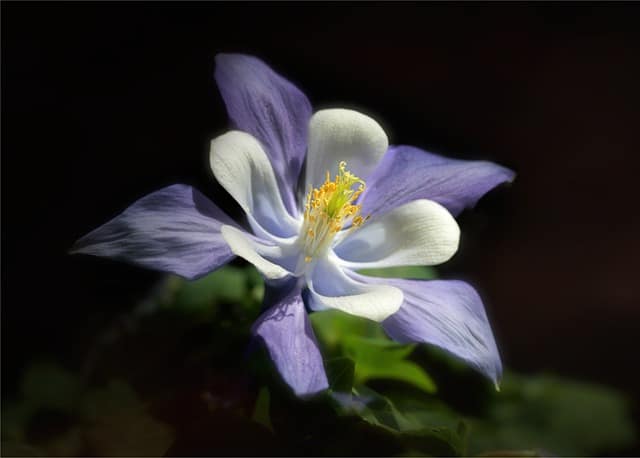
The columbine, particularly the native species of Colorado, is a striking plant that thrives in partially shaded areas. With delicate, nodding flowers that come in various colors—ranging from blues and purples to reds and yellows—this perennial is a staple in many gardens throughout the state.
Columbines are known for their ability to attract hummingbirds, making them a lively addition to your garden. They prefer well-drained soil and can handle a bit of drought once established. These flowers typically bloom in late spring to early summer, offering a burst of color in the garden during that time.
Hostas
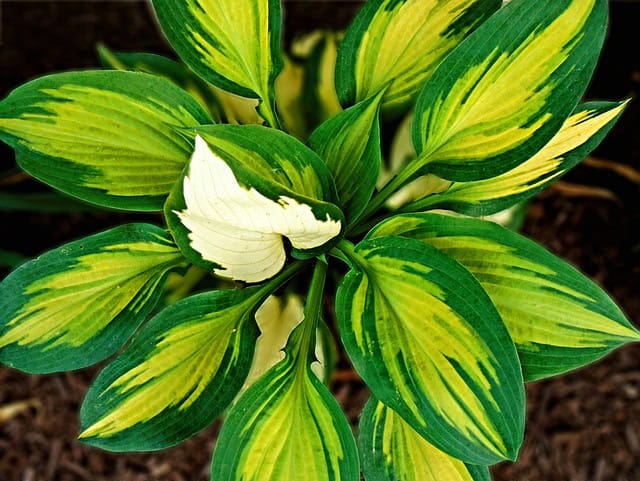
Hostas are perhaps the quintessential shade-loving plants, and they thrive in the cool shade of Colorado’s varied environments. With an array of sizes, shapes, and colors, hostas are perfect for creating layered landscapes in shaded areas.
These hardy perennials flourish in rich, moist soil and can adapt to a range of light conditions, from full shade to partial sun. Their lush foliage adds vibrancy to any garden, and during the summer, they produce tall flower spikes covered in bell-shaped blooms, usually in shades of lavender or white. Hostas are low-maintenance but do benefit from a little mulch to retain soil moisture.
Bleeding Heart (Dicentra spectabilis)
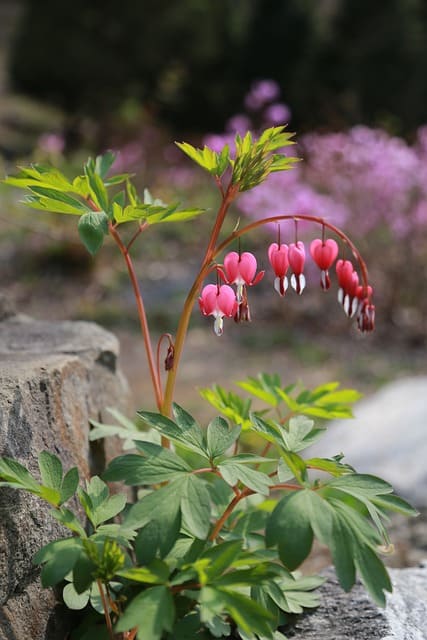
The bleeding heart is a charming perennial recognized for its distinct heart-shaped flowers that dangle from arching stems, giving your shade garden an enchanting touch. This plant prefers cooler shade conditions, making it a great fit for Colorado gardens.
In spring, the bleeding heart brings a cascade of soft pink or white blooms, creating a focal point in shady spots. The foliage is also attractive, with feathery, fern-like leaves that complement the delicate flowers. These plants thrive in well-drained soil and should be watered regularly, particularly during dry spells.
Ferns
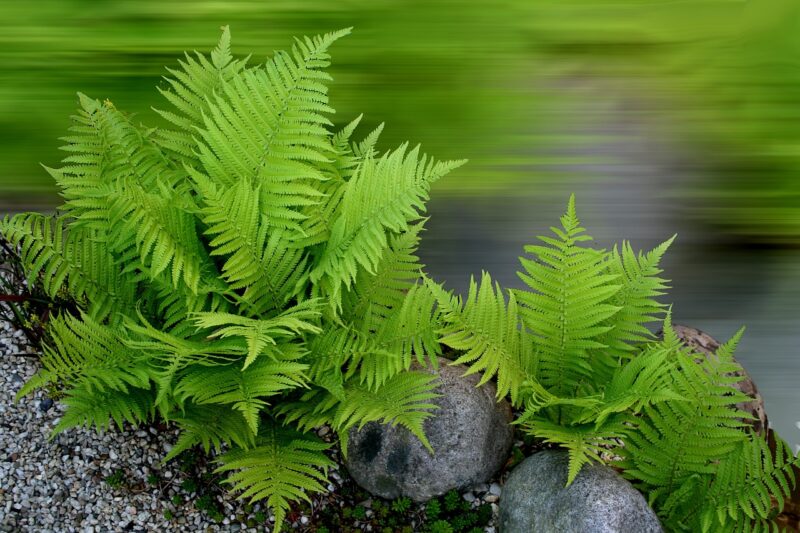
Ferns are the quintessential staple of any shade garden, providing a lush, feathery texture that can soften hard edges and create a tranquil environment. Common ferns that do well in Colorado include the lady fern (Athyrium filix-femina) and the merry maiden fern (Polystichum acrostichoides).
Ferns thrive in rich, moist, well-drained soils and appreciate cooler temperatures. They can be excellent companions for other shade-loving plants, providing a backdrop of greenery that supports and enhances bloom colors. These low-maintenance perennials require minimal care and bring a classic, timeless appeal to any shade garden.
Lungwort (Pulmonaria spp.)
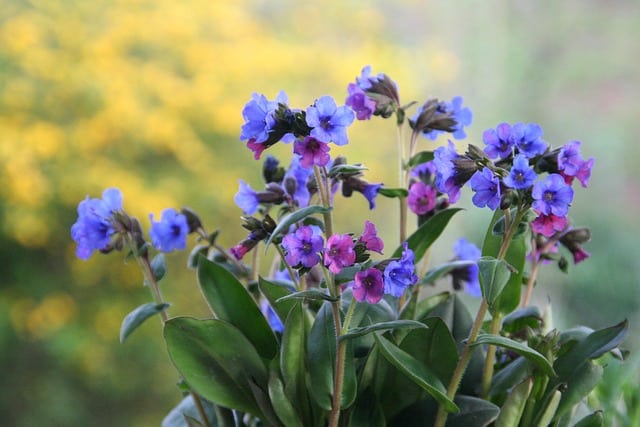
Lungwort is a delightful shade lover that features striking spotted foliage and clusters of tiny, tubular flowers in shades of blue, pink, or white. This plant thrives in cooler, moist areas and is especially admired for its ornamental qualities.
The unique foliage of lungwort offers year-round interest, changing in color as the seasons progress. It prefers well-draining soil and should be kept moist, especially during dry periods. Lungwort is also drought-tolerant once established, making it an ideal companion for other shade plants.
Yellow Archangel (Lamiastrum galeobdolon)
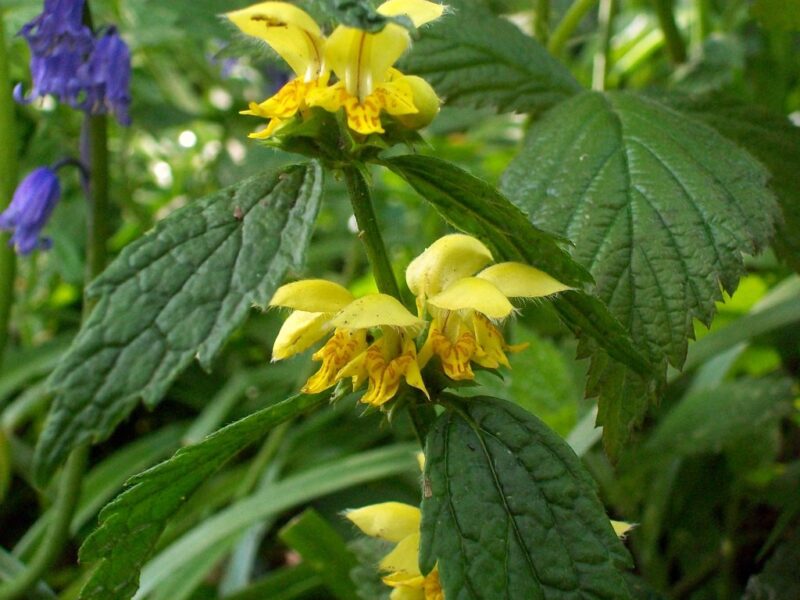
Yellow archangel is an excellent ground cover for shaded areas, spreading swiftly to create an attractive carpet of soft green foliage. This plant features vibrant yellow flowers that bloom in late spring, adding much-needed color to the shade.
Adaptable to varied soil types, yellow archangel is relatively low-maintenance and drought-tolerant once established. Its spreading nature makes it an excellent choice for filling in gaps in shaded spaces, and it can help suppress weeds by forming a dense cover.
Jacob’s Ladder (Polemonium reptans)
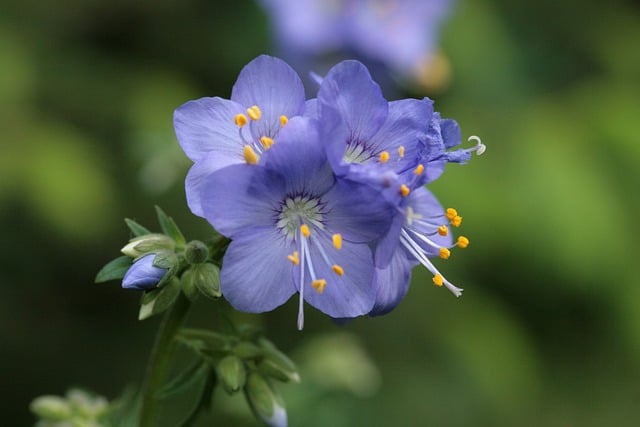
Jacob’s ladder is a perennial that thrives in the cooler, shaded areas of your garden. With its distinctive pinnately compound leaves and delicate clusters of star-shaped blue or purple flowers that bloom in spring, this plant adds a charming touch to shaded spots.
This plant prefers well-drained, rich soil and tolerates shade quite well, thriving particularly under trees or in dappled light. It requires minimal maintenance, making it a perfect fit for beginners eager to establish a shade garden with little fuss.
Astilbe
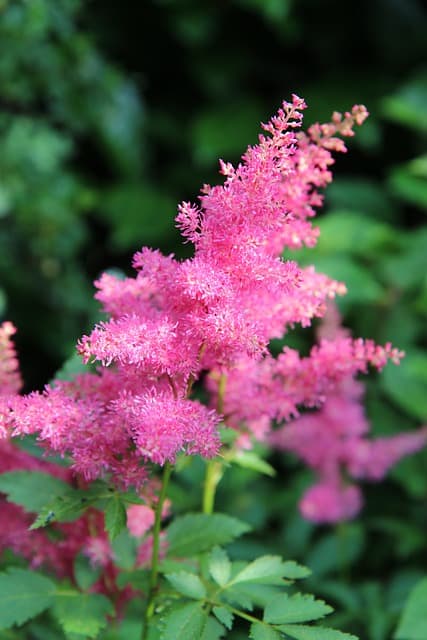
Astilbe is a recognized favorite for shade gardens, renowned for its feathery plumes of flowers that rise above lush, fern-like foliage. Available in various colors, including white, pink, and red, astilbe can create stunning vertical accents in shaded areas.
This perennial thrives in moist, well-drained soil and offers a wonderful explosion of color during late spring through summer. Astilbe is hardy and requires only occasional watering, making it easy for gardeners to enjoy its beauty with minimal effort.
European Wild Ginger (Asarum europaeum)
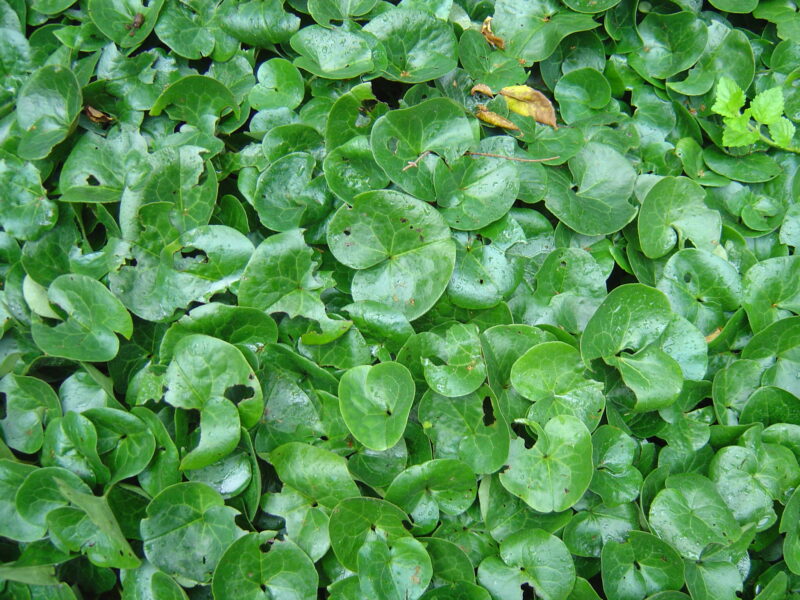
European wild ginger is an interesting shade-loving plant that thrives in the cool, moist understory of wooded areas. Known for its glossy heart-shaped leaves and unique, cup-shaped flowers, this plant can serve as an excellent ground cover in shady spots.
This perennial appreciates well-drained, rich soil but also has some drought tolerance once established. The fascinating foliage offers a rich green hue that can brighten shadowy areas, creating an inviting environment in your shade garden.
Bringing It All Together
Creating a shade garden in Colorado doesn’t have to be an overwhelming task. By selecting a range of unique plants like yews, coral bells, and bleeding hearts, you can design a beautiful and successful shade garden that truly reflects your style. Embrace the variety of textures, colors, and forms available, and enjoy the personal touch they bring to your shaded spaces. With a little planning and care, your Colorado shade garden can flourish and become a tranquil retreat for you and local wildlife alike.





